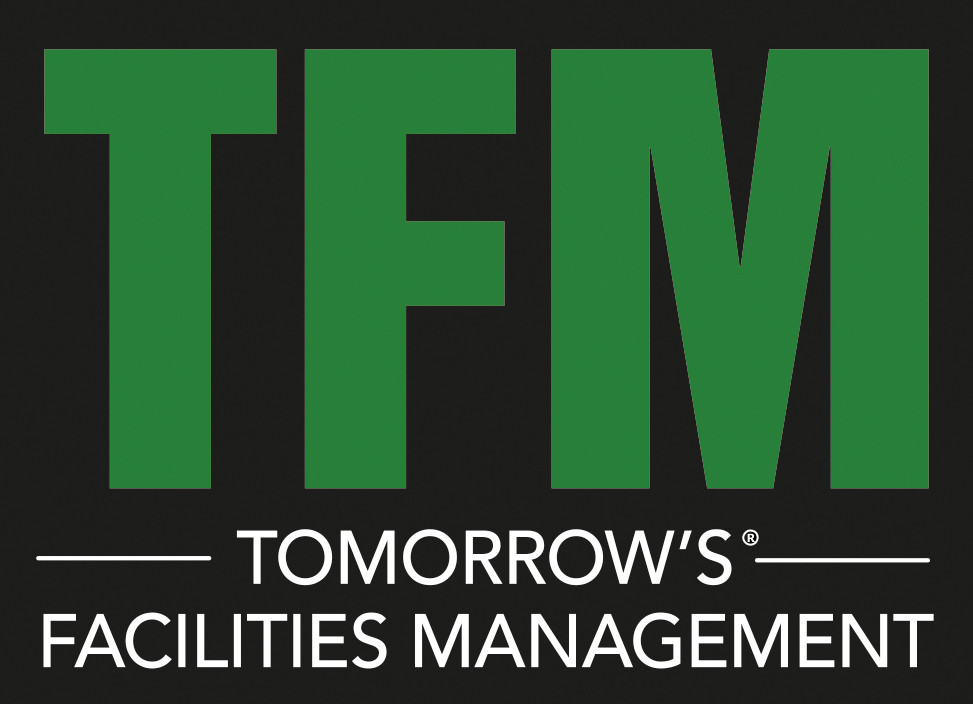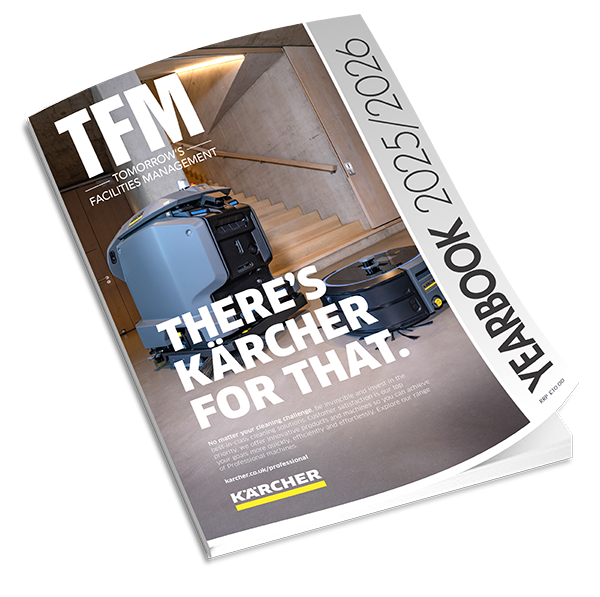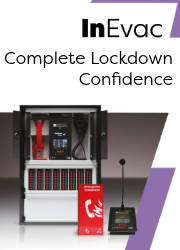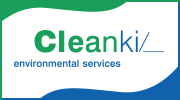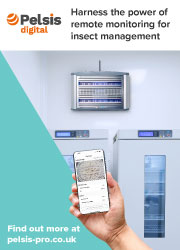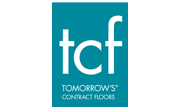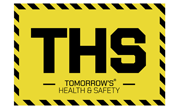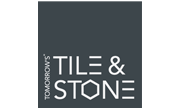Jesse MacPherson, former BPO & Service Bureau Operations Manager now responsible for ibml’s UK, Ireland & Nordics territory, discusses the issues that all scanning operations face and how the use of technology can help resolve them.
“Show me the money!” You might remember the amusing scene in the 1996 hit Tom Cruise film, Jerry Maguire, where he screams down the phone at his last remaining NFL client that he’ll get him cash from commercial deals – a result of the eponymous sports agent being fired after having a moral epiphany about how customers should really be treated.
Managers of small to medium-sized scanning bureaus – whether in-house or external - might smile and nod sagely at this: show me the money. They live and breathe this walking a tightrope balancing what seems to be a series of mutually exclusive tasks: meeting aggressive SLAs, coping with the peaks and troughs of jobs and working to paper thin margins equating to pennies per page. It’s tough to do profitably.
This is because most bureaus are transactional volatile businesses. It’s difficult to predict when work will come in and the nature of it. Projects tend to be one-off engagements and they’re competitive to win such that many will tolerate taking on contracts which are challenging characterised by complex exception handling and/or high re-scan rates.
They have to cater for a wide type of paperwork ranging from the good, the bad and the ugly. For example, one minute, legal paperwork will be scanned for a solicitors firm. This demands granular document identification, tagging and classification with meta data integrated into case management systems so that lawyers can then collaborate easily and review, find and annotate information.
The next, the same bureau might jump onto medical paperwork and process this, too. This tends to involve two areas. First, digitising legacy paper records which are typically old, fragile and often look like they have been dragged out of a salt mine. This is scanned to free up much needed physical space and save on storage costs as well as providing clinicians with historical patient data at a touch of a button via EDMS or EPR systems or both. Second, the NHS is also now relying far more on ‘day forward’ scanning where all information coming into the organisation is processed, data extracted and routed via workflow so that patients are dealt with faster through the hospital care system.
Not only have bureaus got to be flexible and capable in terms of what they scan, but as operations scale, they get the double whammy of dealing with the staff overhead as well. Bureaus are labour intensive environments. As a crude of rule of thumb, as work increases, the people requirements grow, too - you add an equivalent cost. But if you can’t diversify, train and put your people resources onto different jobs – like managed print or archival work – when scanning jobs end, staff churn is high. Self-evidently, you can’t run a bureau ‘heavy’ with people. You’d go out of business.
Improving bureau efficiency is easier than you might think
So, how can you grapple and solve what at first glance seems to be a bunch of intransient issues? How can you enhance bureau efficiency and productivity and do more with less?
Outlined below is simple guide of things to consider in the context of your own bureau situation and the work you do.
Create an environment where healthy competition is the norm. You need to recruit people who have a passion for productivity and are competent using technology. It’s a statistics game in a bureau to meet the goals and SLA targets. We used to hire a lot of students and online gamers. They’re good at repeatable tasks and motivated to get the work bonuses which should be offered. Incentivising people in a fun way is a must remembering that a scanning bureau – irrespective of size – is only as good as its ability to deliver for customers.
Buy the fastest scanning solution you can afford. Clearly, you wouldn’t purchase a Rolls Royce to deliver a pizza. Nor do you want a Trabant when something speedier is required. You need a solution that fits well for what you are trying to deliver commercially but has headroom so you can evolve and realise competitive advantage over time. In our product suite, for example, the ibml ImageTracDS scanner’s speed can be boosted from 155 pages per minute (ppm) to 210 via a simple firmware upgrade and is designed for over 20,000 documents each day. It means you avoid buying a new machine when more capacity is needed and at 210 ppm it’s the fastest desktop production scanner out there on the market.
Don’t scrimp and scrape on technology and try to run your operations too lean when it comes to robustness. This used to keep me up at night. The reason why is that document capture and workflows always throw up surprises and exceptions that will need to be catered for and it’s unrealistic to blame the technology these days. When you take on a job, you just won’t know 100% what every box of paper will contain so you need scanning kit which is super reliable and offers true flexibility so that exception handling can be done as quickly and efficiently as possible.
Try and automate as many manual processes as possible so that scanned information can be incorporated directly into business workflows. You’ll want to do this without the scanner lagging and slowing. Put another way, you need the rated performance of the machine with all intelligent imaging features switched on otherwise you’ll be running extra shifts to keep up.
Our data shows that the staff time to deal with documents pre and post scanning contributes to more than 75% of total cost of scanning. It is always going to be labour intensive so using automation to enhance operator productivity is key to stay ahead.
Our DS scanners do this in various ways. For example, out sorting to different pockets based on the content of documents reduces post scan document assembly costs. Intelligent exception handling detects errors or missing information in documents early in the capture process to avoid costly repetition.
Intelligent printing based on document content helps secure the document capture process and creates audit trails for records management and compliance purposes and faster retrieval of physical records. And the scanners are designed with left justified feeding which makes inserting mixed documents into the machine easier thereby saving time and money as jams are minimized. Plus, document preparation time is obviously reduced.
Select scanner solutions that offer TWAIN and ISIS drivers. This means that they are architected to enable easy integration with a myriad of third-party capture applications or modular recognition software. The latter is useful as it can be used to automatically populate downstream line of business applications like ERP and CRM systems or any number of financial packages without staff having to waste time manually rekeying it in. Easy integration means less time and money spent on IT professional services to get everything working together properly.
Learn from each project. Assess what went well, what didn’t and why, whether staff training was an issue, how your work can be adjusted even more and how technology might be applied or modified to assist. Challenge the norm is my simple message.
When you’re commercially under pressure to deliver for clients, it is a balance between the competency of your staff and, of course, the scanner equipment selection which has to be used on a mix of projects. You’re always seeking ways of optimising this work as best as you can and erasing workarounds and break/fixes. This just slows operations down which is why choosing hardware and software which is flexible, scalable and has the right intelligent features gets you to what Jerry Maguire was shouting about: the money.
https://go.ibml.com/ds-scanners



